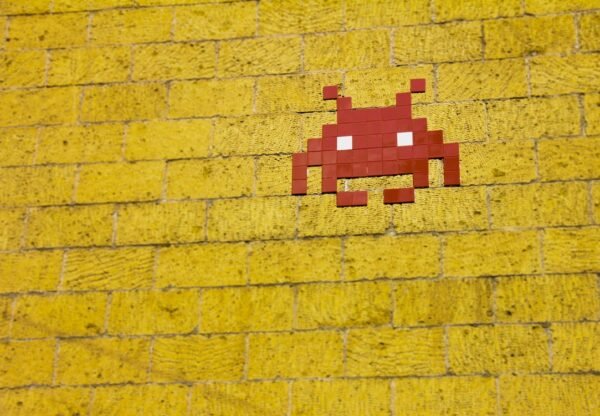The concept of pop—or popular—culture is slippery and oddly illusory. We might think we understand it and know what it is even if we can’t quite define it, but due to the fact that it is a contemporary phenomenon in full swing and related to popular and everyday activities, its meaning, production and circulation flows are quite complex. Part of what holds society together, pop culture works in large part through various forms of media to disseminate normative modes of behaviour and thought, introduces new and innovative ideas, offers inclusivity and an easily generated in-group mechanism, and can often serve as a belief system upon which to hang one’s values.
Ultimately, pop culture serves as a regulating force within a cultural group as well as a glue for keeping that group cohesive. It can be seen working in ways both large and small, from the use of favourite quotes or the wearing of articles of clothing from popular visual media to the participation in new forms of dance or music, the visiting of various kinds of clubs or other establishments, an awareness of the current and most ‘cool’ car, and more.
Undoubtedly, media of all kinds as well as academic knowledge production are part of pop culture. However, where this might seem obvious, what about small, everyday tasks? How does a collective mechanism work differently depending on the scale in which it functions? And what are the conceptual perceptions of pop culture in each of these dimensions?.
Activities
Conferences
1st Global Inclusive Interdisciplinary Conference
Pop Cultures
Sunday 19th March 2023 – Monday 20th March 2023
Prague, Czech Republic

